“Automobile crashes killed 273 people in 2021, a whopping 33 percent increase over 2018, the safest year in New York City’s recent traffic history…It’s a mystery as to why so many city residents, as well as city and state politicians, seemingly accept such a heartbreaking level of carnage as just another unfortunate trade-off of city life.”
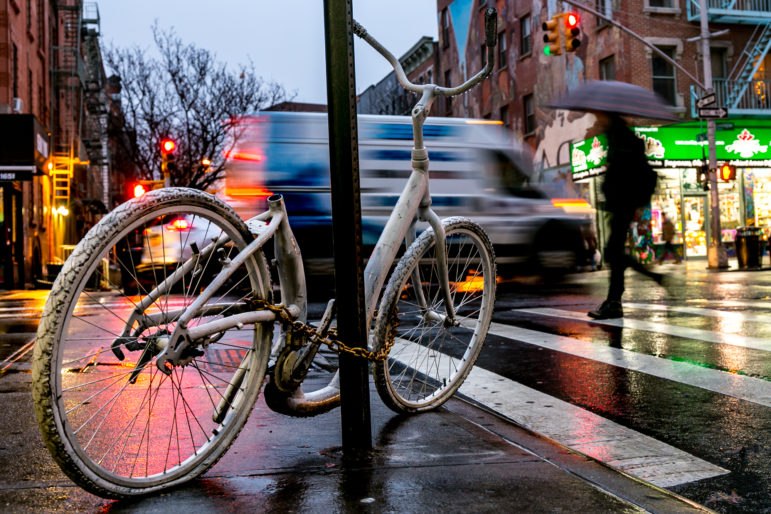
Adi Talwar
A Ghost Bike at the north west corner of Lexington Avenue and 104th Street memorializes a fatal crash on April 17, 2014.Mayor Eric Adams and Gov. Kathy Hochul announced on Feb. 18 that they would no longer allow the city’s subway system to be used for anything other than transportation. The New York City Police Department (NYPD) will enforce the subway’s rules of conduct—including the forced removal of homeless people.
“No more smoking, no more doing drugs, no more sleeping, no more doing barbecues on the subway system,” Mayor Adams said at a press conference at Fulton Street subway stop. “No more just doing whatever you want.”
In 2021, the subway system saw 461 felony assaults, up from 361 in 2020. The system also saw eight tragic murders last year. More recently, on President’s Day weekend, there were four headline grabbing stabbings.
Despite the worrisome spike in menacing incidents, with daily ridership in recent days surpassing 3 million, on a per-capita basis, violent crime is still fairly low in the subway. Crime in the Transit Bureau represents only 1.7 percent of total crime in the city, according to a January 2022 MTA report.
But the perception of rampant crime in the subway is not only bad for the city’s economic well-being and millions of passenger’s peace of mind, it’s political kryptonite. And to their credit, in addition to removing homeless and mentally ill individuals, the mayor and governor did lay out a plan to get them easier access to critical social services, although it’s not clear how that will get paid for.
While NYPD’s roundup of homeless people might contribute to a collective sense of safety among many straphangers, there’s an even more widespread and deadlier crisis happening on the streets above the subway tunnels that warrants all New Yorker’s attention. There has been an alarming spike in deadly automobile crashes on New York City streets and it appears to only be getting only worse.
 CityViews are readers’ opinions, not those of City Limits. Add your voice today!
CityViews are readers’ opinions, not those of City Limits. Add your voice today!
Automobile crashes killed 273 people in 2021, a whopping 33 percent increase over 2018, the safest year in New York City’s recent traffic history according to data gathered by Transportation Alternatives. Of those killed last year, 124 were pedestrians and 19 were bicyclists. It’s a mystery as to why so many city residents, as well as city and state politicians, seemingly accept such a heartbreaking level of carnage as just another unfortunate trade-off of city life.
The mayor, who is a bicyclist like myself, is well aware of the dangers New Yorkers face when utilizing alternative modes of transit or by just crossing the street on foot. We are essentially human eggshells constantly dodging fast moving two-to-three-ton machines capable of crushing bones to dust.
Both the governor and mayor are also aware that automobile violence has, so far, spiked up even further in 2022. As of Feb. 14, 28 people had died in New York City auto violence, up from 17 during the same period last year according to data published by Streetsblog. Of those killed, 16 were pedestrians.
Also, in January 2022, 657 pedestrians were injured by automobile drivers—some seriously. That’s up from 503 injuries recorded the same month one year ago, according to NYPD data,.
In February alone, there was the 99-year-old Manhattan Beach resident who survived the Holocaust but got mowed down by an SUV driver who had racked up 10 school zone speeding tickets and four red light tickets since 2016, but was still allowed to drive. There was the 57-year-old man who, while using the crosswalk at an intersection of Cooper and Cypress avenues, got run over not by just one, but two separate SUV drivers who crushed his body and head under their wheels.
And we can add 18-year-old Sara Perez to the heartbreaking list after she was killed by a 16-year-old driver of a 2006 Ford F-150 pickup truck in Jackson Heights, Queens, on Feb. 17. Perez wasn’t riding a bike, crossing a dangerous intersection or riding in a fast-moving automobile. She just happened to be walking on the sidewalk at the wrong place and time.
Perez had stopped to wait for the pickup to back out of a garage and onto Northern Boulevard. But just as the truck pulled out, which was the same moment Perez began walking on her way, the driver realized he’d backed into traffic and likely panicked, then put the truck back in drive, hit the gas and crushed Perez against a fence. Public records on HowsMyDriving.com show the truck had eight traffic violations since September.
This past January, Mayor Adams and the city’s police commissioner promised that NYPD officers would be watching to make sure both automobiles and bicyclists stop at intersections until crosswalks are clear of pedestrians before proceeding.
“That does not mean slow down and navigate your car in between people walking in the crosswalk. It means stop until the crosswalk is clear of pedestrians, then proceed,” Police Commissioner Keechant Sewell said. “If our officers see a vehicle failing to stop while pedestrians are crossing in front of them, that’s where enforcement comes in.”
But despite the raging flood of post-pandemic automobile traffic choking city streets today, NYPD’s enforcement of key traffic safety laws was actually lower in January 2022 than the same month one year earlier.
For example, in January 2022, NYPD issued 2,770 summonses to drivers who failed to yield to pedestrians, down from 2,856 in January 2021. In January 2022 NYPD issued just 8,606 speeding tickets compared to 12,753 in January 2021. The same was true for ticketing unlicensed drivers. In January 2021, the department ticketed 3,556 unlicensed drivers while the same month in 2022, the total was down to 2,549.
More troubling, in 2021, there were 93 hit-and-runs with critical injuries. Arrests have been made in just 23 percent of those cases.
But just like subway safety, policing is just one ingredient in the cocktail of solutions experts believe will help combat the sharp rise in auto violence, while also making our streets more livable for the majority of New Yorkers, not just car owners.
Streets are this city’s largest public space, and as such, city and state leaders should convert 25 percent of car space into space for people by 2025—25×25—so every New Yorker is within a five-minute walk of a car-free bus lane, a protected bike lane and new green space. The Department of Transportation could also make the redesign of dangerous corridors and intersections with life-saving traffic calming infrastructure an urgent priority.
In addition to making our subways safer, the mayor and governor should also see to it that lawmakers in Albany reauthorize, strengthen and expand the speed safety program which has led to a 72 percent drop in speeding in the 750 zones where the cameras operate from 6 a.m. until 10 p.m. And finally, lawmakers should pass the Crash Victim Rights and Safety Act, which also addresses rampant speeding and provides support to crash victims and their families.
While it might prove politically beneficial to instruct the NYPD to round up homeless people in the subway system and increase safety patrols, safer streets—through a combination of permanent street redesign and enforcement of existing traffic laws—has the potential to save and improve the lives of countless New Yorkers for generations to come.
Cody Lyon is a New York City-based journalist.


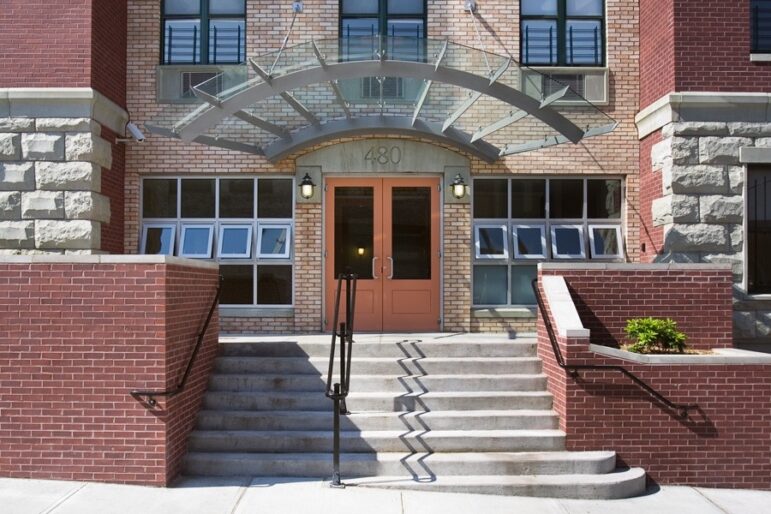

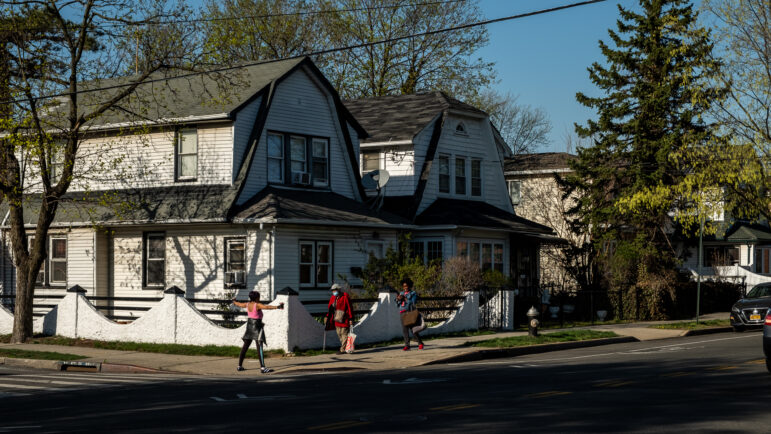
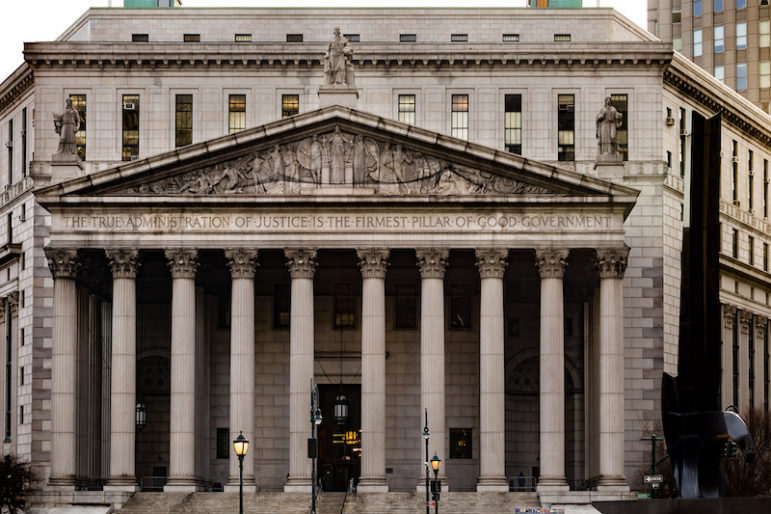
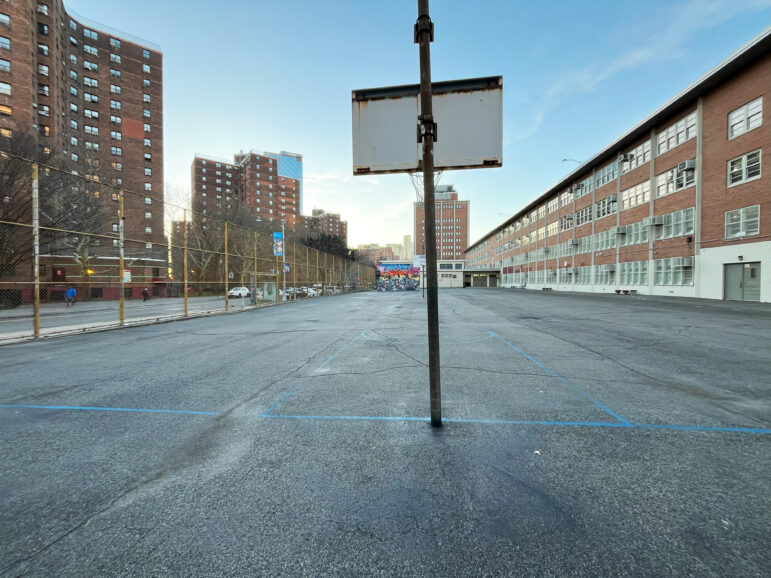


3 thoughts on “Opinion: Epidemic of Deadly Automobile Violence on NYC Streets Dwarfs Rising Subway Crime”
1. See Washington Post article “Unsafe drivers made up larger share of motorists during pandemic”
There were more young and riskier drives on the road. Not a surprise, especially as there was a surge in ecommerce and delivery – and more inexperienced drivers.
https://www.washingtonpost.com/transportation/2022/02/28/unsafe-driving-aaa-study-covid/
2. Non-driver here – I absolutely am more worried about subway violence than vehicles.
I encounter frightening menacing people on the subway nearly daily,
BTW not all subway crime/attempted violence gets reported so the data is an undercount.
I encounter frightening menacing vehicles being driven irresponsibly every time I walk around.
Many people, especially women, are afraid on the subway.
Many concerns about violence against Asians.
Here is one example.
“Despite being born and raised in New York City, I now worry for my physical safety more when taking public transportation than I have while working in a hospital during the pandemic. In the past two years, I’ve been publicly spat on, harassed, stalked off the R train and, on a subway platform in my native Queens, verbally threatened with rape. In all these unprovoked instances, I was surrounded by other New Yorkers but was the only East Asian woman around. ”
https://www.washingtonpost.com/opinions/2022/02/23/christina-yuna-lee-murder-asian-american-women-fear/